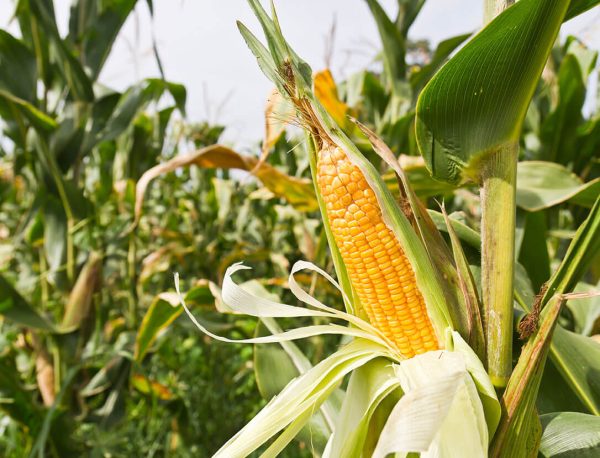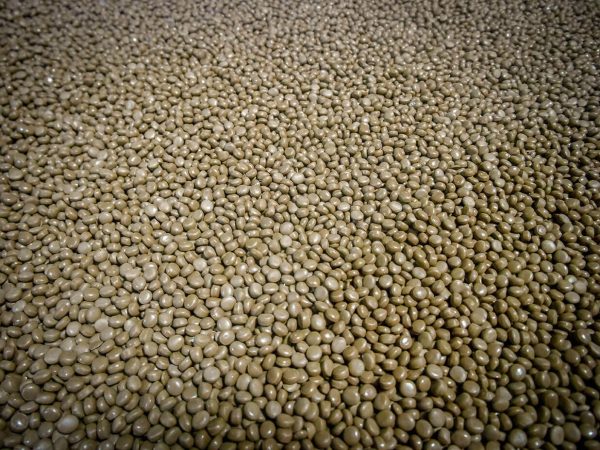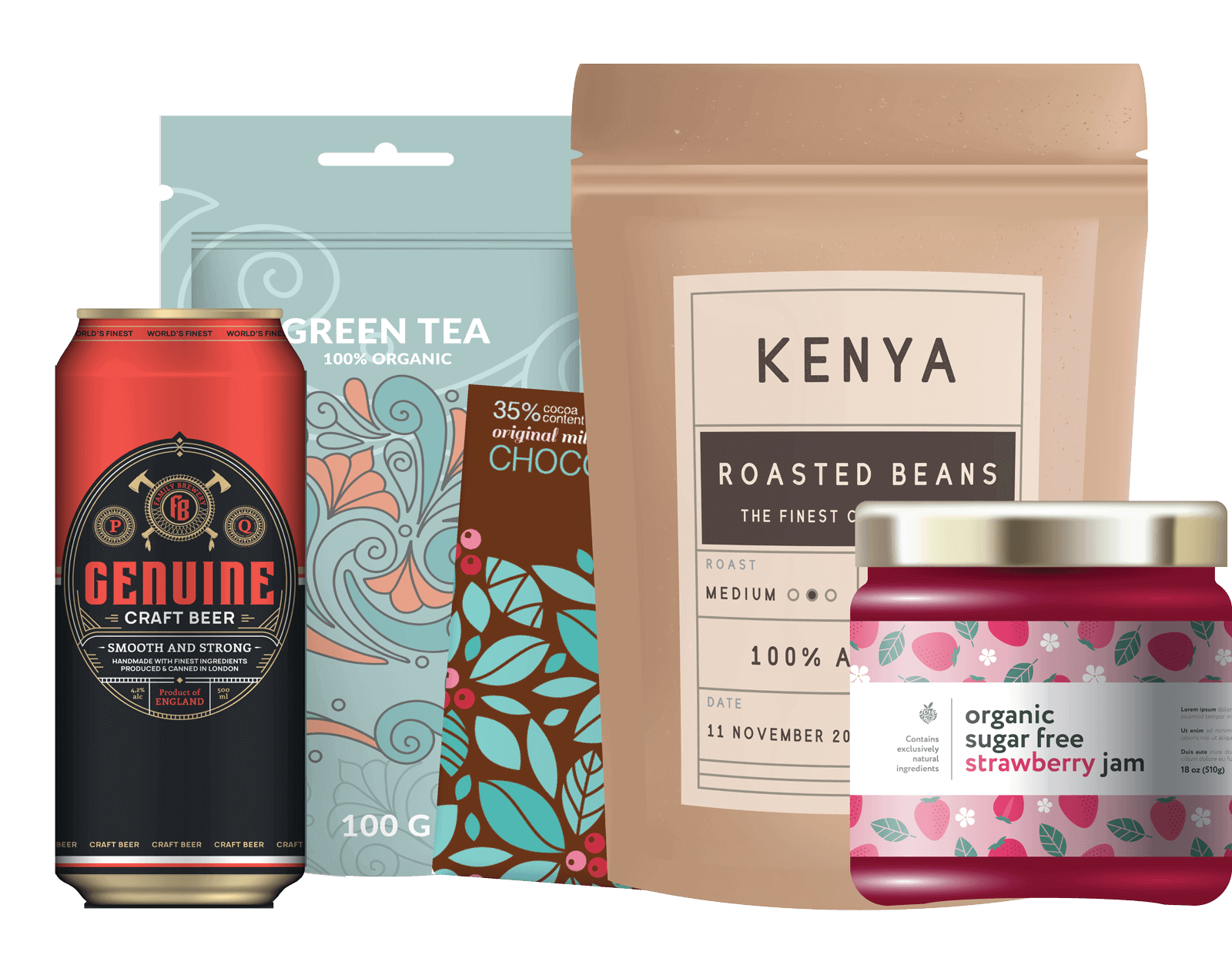As the year begins, there’s no better time to examine the impact of sustainability on product packaging than now. There’s been a shift toward more environmentally-friendly packaging solutions over the last few years, and this movement will continue in 2023.
We expect to see these six trends rising throughout the year.
6 SUSTAINABLE PACKAGING TRENDS FOR 2023
1. Lightweighting
MJS Packaging has touched on this trend several times over the years, but this packaging trend will likely gain even more traction in 2023. Lightweighting reduces the amount of material used to create packaging, improving resource and energy consumption. More companies will likely adopt lightweighting for bottles, jars and closures in the year ahead. This method not only improves sustainability but saves money by using less material.
There are a few challenges associated with lightweighting that companies need to solve before adopting this method. A trusted partner must determine the correct weight of material or packaging will be too light. When done right, lightweighting can effectively solve the waste dilemma.
2. Downsizing
Downsizing is similar to lightweighting because it uses less material than the originally-sized package. However, this technique can frustrate consumers when they get less product due to the smaller package sizes.
Downsizing can be a good option for companies manufacturing products with limited shelf lives that degrade quickly because of perishable ingredients. Smaller package sizes can decrease product and package waste in these scenarios without annoying consumers.
3. Bio-Based Materials

Bio-based materials used for packaging come from natural organisms, such as crops and algae. Using these materials can improve the production of chemicals, biofuels and plastics and help companies minimize their environmental impact.
4. Wash-Off Labels
Some companies invest in easily-recycled plastics like PET for consumer products but use non-compatible labels, meaning consumers need to separate these components before recycling the packaging. Using bio-based inks and adhesives for labels that easily wash off will make containers made from PET and other plastics more recyclable.
Another labeling trend in 2023 will be soy-based and vegetable-based inks that are better for the environment than traditional inks but still produce impressive graphics.
5. Refillable Packaging
Refillable packaging comprises recyclable materials that brands can refurbish or re-manufacture when the consumers return the empty packaging, making it a valuable packaging alternative for companies that want to reduce their environmental impact.
There are also cost savings when using this type of packaging because businesses can reuse it multiple times. More companies are also incentivizing consumers with refill programs. Customers can return their original plastic packaging for a refill at a discounted price.
6. Levels of Recycled Plastics
Incorporating various levels of recycled plastics in product packaging requires less energy, conserves natural resources, improves landfill space and promotes sustainable outcomes. These plastics include the following:
Post-Consumer Recycled Resin (PCR)
This material is manufactured from recycled plastic, providing a more sustainable resource for containers, sheets and other packaging products. It reduces the need for virgin plastic resin.

Post-Industrial Resin (PIR)
This is the waste from manufacturing processes that companies can reclaim and use again for products and packaging.
Ocean-Bound Plastic (OBR)
OBR is abandoned plastic waste already on its way to the ocean. It can harm fish and marine mammals that ingest or get caught in it, negatively influencing the food chain.
Meet Your Sustainability Goals With MJS Packaging
While big brands may proclaim their green credentials, many large consumer goods companies — including Nestle, Mars and PepsiCo — will likely miss targets to make plastic packaging more sustainable by 2025. However, you can commit to using a sustainable packaging option this year, as it will bring various trends that will positively affect the environment. Lightweighting, bio-based materials and wash-off labels are top trends to look out for and embrace.
If you want to refresh your packaging and reach your eco-friendly objectives, MJS Packaging can help. Contact our knowledgeable packaging solutions specialists to learn more about the sustainability trends in the coming year and how they might apply to your products!




